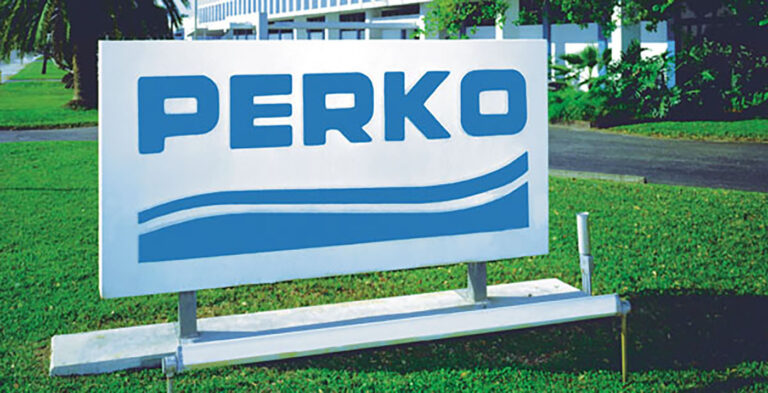
Yamaha Motor Co. this week announced its financial results for the third quarter and for the first nine months of fiscal 2024.
Overall revenues for first nine months of fiscal 2024 for the company were JPY$1.9 trillion ($12.3 billion), a 7.7% increase year-over-year. Operating income was JPY$201 billion ($1.3 billion), an increase of 0.8%. Net income decreased 4.8% to JPY$136.1 billion ($884 million).
“Our results for the third quarter saw us record higher revenue year on year, but operating income was about the same as last year,” Yamaha chairman, director and president Katsuaki Watanabe said in a statement. “Sales and profits in the marine products business fell due to ongoing production adjustments aimed at optimizing inventory levels and from fewer outboard motor shipments.”
In the company’s marine products segment, revenues were JPY$415.5 billion ($2.75 billion), a decrease of 3.7% compared with the same period of the previous fiscal year, and operating income was JPY$79.3 billion ($5.25 million), a decrease of 5.9%.
“Regarding outboard motor demand, while the United States — the company’s main market — lowered its policy interest rate in September, the still high level of interest rates in general as well as ongoing price raises led to decreased demand,” Watanabe said in the statement. “Unit sales of new Yamaha outboard models were positive, but sales were lower for the outboard business overall.”
The company has maintained its revenue projections for fiscal 2024 at JPY$2.6 trillion ($17.1 billion) but lowered its net income forecast from JPY$175 billion ($1.2 billion) to JPY$160 billion ($1.05 billion).
“With regards to our outlook for the future, we are seeing a lull in rising prices due to the lowering of interest rates in the United States, but the situation concerning the external environment remains unclear, such as exchange rates fluctuating based on the monetary policies enacted by each country,” Watanabe said in the statement. “Further, the situation each of our business segments is facing is different, but with our competitors having improved their product supply operations, lower demand levels, and other factors, we expect the competitive playing field to remain severe.”











